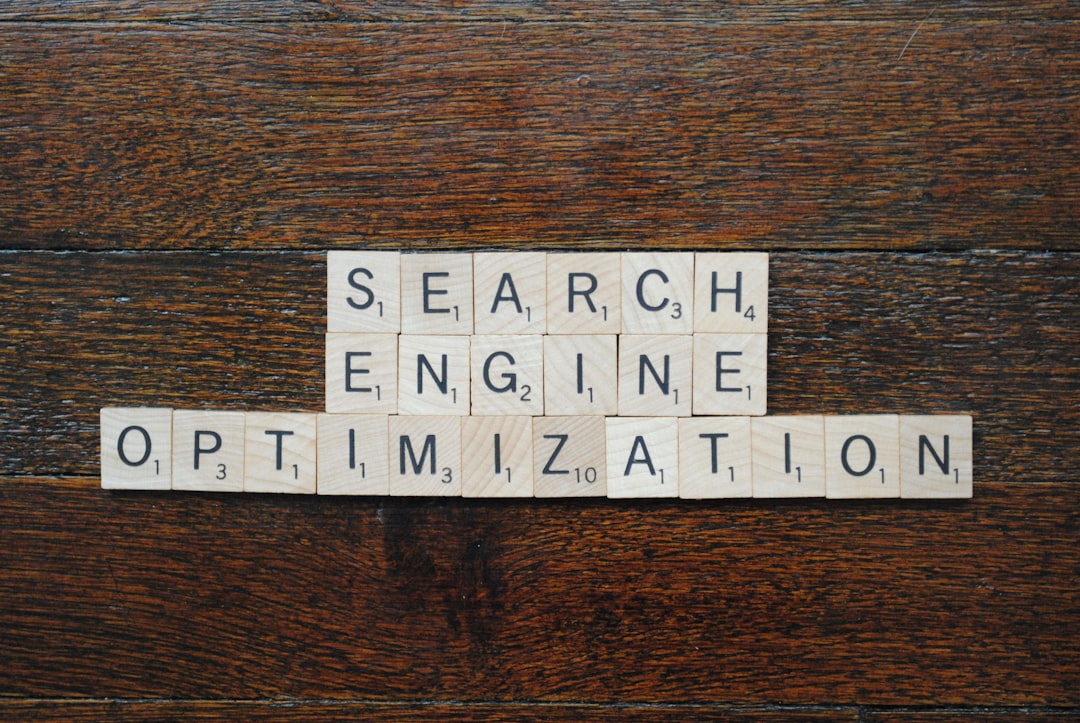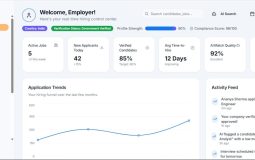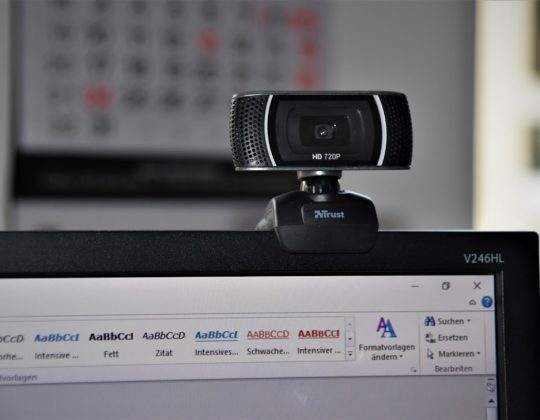As the digital landscape evolves, traditional SEO (Search Engine Optimization) strategies are being redefined by a new paradigm: Answer Engine Optimization, or AEO. As users increasingly seek immediate answers to their questions rather than a list of links, AEO is becoming a crucial component of digital strategy. Startups and tools focused on this niche are pioneering how information is presented, accessed, and processed by both machines and humans.
In this article, we’ll explore what AEO is, why it matters, and how a growing ecosystem of tools and startups is shaping the future of online search.
Understanding Answer Engine Optimization (AEO)
At its core, Answer Engine Optimization is the process of structuring content so that it can be easily understood and used by modern search features such as featured snippets, voice search, chatbots, and AI assistants. Unlike traditional SEO, which aims to rank pages higher in search results, AEO emphasizes:
- Providing concise, accurate answers to user queries
- Structuring data using semantic markup and schemas
- Optimizing for AI-driven engines like Google’s MUM and OpenAI’s GPT models
This evolution is driven by changing user behavior. People no longer wish to sift through ten search results; they want quick and credible answers.
Why AEO Is Gaining Importance
With the rise of voice assistants, AI chatbots, and zero-click results, search engines and digital platforms prioritize answers over content length or keyword density. Google’s aim has shifted towards being an “answer engine,” and so have other players like Microsoft Bing and OpenAI’s ChatGPT.
The implications are profound:
- Reduced traffic to websites as answers appear directly in SERPs (Search Engine Results Pages)
- Greater competition for featured snippets and “position zero” results
- The need for structured content, entities, and relationships that AI can decode
In this new reality, businesses and content creators must realign their strategies. That’s where specialized AEO tools and startups enter the picture.
Key Tools Powering AEO
AEO tools primarily aim to optimize content for rich results, enhance semantic understanding, and ensure machine readability. Here are some of the leading players:
1. InLinks
InLinks uses artificial intelligence to analyze the topics in content and recommend internal linking based on entity recognition. It automatically adds FAQ schema and allows users to define how their entities relate to one another — a crucial factor for knowledge panel inclusion.
2. Schema App
This platform allows non-technical marketers to easily add schema markup to their websites. Comprehensive and customizable, Schema App enhances visibility in rich results and voice search queries.
3. MarketMuse
Originally known for content optimization, MarketMuse has evolved to support AEO by building content briefs that align with entities and related topics. It helps content teams target questions users are likely to ask and craft structured responses.
4. SE Ranking’s SERP Features Tool
A detailed tracking feature that shows whether content appears in knowledge panels, featured snippets, or other answer boxes. This feedback loop can be used to refine AEO strategies in real time.
5. Frase
Frase helps you create content that answers specific questions. The platform scours the web and builds AI-generated summaries to identify popular question patterns, making it ideal for crafting content suited for inclusion in voice assistants and smart speakers.

Notable Startups Shaping the AEO Landscape
Beyond tools, several startups are making significant strides in redefining how we interact with search engines and generate meaningful, structured content.
1. WordLift
WordLift uses NLP (Natural Language Processing) to convert articles into structured data using schema.org, enabling Google and other engines to better understand content. It is uniquely focused on offering SEO automation for entities and helps brands transform their websites into knowledge graphs.
2. AlsoAsked
Scraping the “People Also Ask” section in Google SERPs, AlsoAsked maps related questions in a tree format. This gives marketers a broader idea of how users think about a topic and what answers they expect — a direct enabler of AEO strategy.
3. Yext
Yext focuses on maintaining consistent and structured business information across multiple platforms. What makes Yext integral to AEO is its ability to feed direct answers to voice search engines like Alexa and Siri through its Listings and Answers platforms.
4. Chatlayer by Sinch
Although a chatbot SaaS solution, Chatlayer leverages AEO concepts by structuring queries and responses in NLP formats that favor instant answers. These conversational AI tools are part of the larger ecosystem reshaping traditional search experiences.
5. Neeva (now acquired by Snowflake)
Before its acquisition, Neeva pioneered ad-free, AI-enhanced private search. Its model prioritized user intent and direct answers, serving as an experimental blueprint for future answer-engine hybrids.
The Role of AI in AEO
Artificial Intelligence is the linchpin of AEO. From understanding user intent to generating machine-parsable outputs like FAQ schema and JSON-LD, AI enables what would otherwise require enormous manual effort. Both large language models (LLMs) and narrow AI platforms are being used to:
- Analyze and organize content into structured formats
- Extract and interlink entities
- Predict high-value questions based on user behavior
- Interface directly with voice search platforms and smart assistants

LLMs like GPT-4 have added a new layer to AEO — the ability to answer complex queries interactively and provide knowledge sourcing without redirecting users to original content. This evolution necessitates a rethinking of value propositions in digital presence.
Challenges and Risks in the AEO Era
Despite its promise, AEO brings several challenges:
- Data ownership and attribution: As answers appear directly on search engines, creators often lose traffic and don’t receive proper credit.
- Complexity of structured data: Not every business has the expertise to manage schemas without technical support.
- Rapid algorithm changes: Search engines are constantly updating how they parse and prioritize structured data, making optimization a moving target.
Furthermore, gaining a spot in the featured snippet box is highly competitive, and success varies across industries and intent-driven queries.
Future Outlook: Where Is AEO Headed?
AEO is reshaping search in several ways:
- Growing reliance on structured content to feed machine learning models
- Emergence of vertical-specific answer engines (finance, healthcare, legal)
- Greater integration with AI chatbots and virtual assistants
As Google’s Search Generative Experience (SGE) and OpenAI’s web-integrated ChatGPT evolve, the traditional 10-blue-links SERP format may give way to dynamic, conversational interfaces driven by AEO principles. Content creators and brands must learn to package knowledge, not just write articles.
Conclusion
Answer Engine Optimization is no longer a fringe optimization tactic—it is swiftly becoming the new standard in digital search strategy. As AI continues to transform how questions are asked and answered, the businesses that adapt by using AEO tools and practices will be best positioned to remain discoverable and relevant.
The future of search is not about who ranks first—it’s about who answers best.







